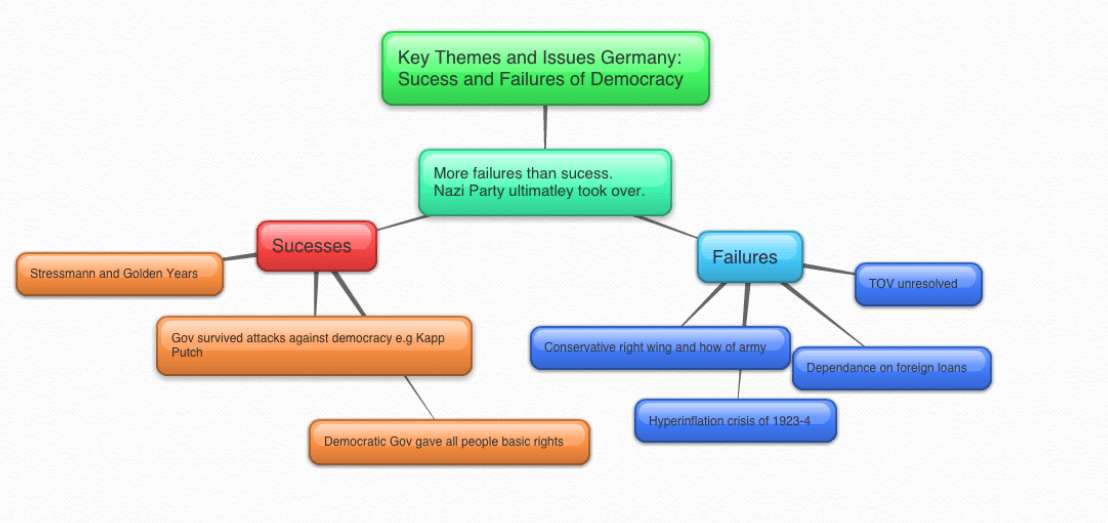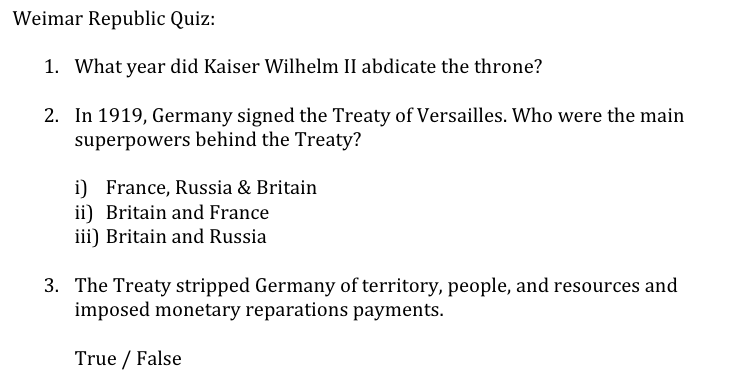The HSC Modern History content can be overwhelming with the sheer amount of facts, dates and names you need to remember!
On top of that, you might have hundreds of pages of notes, worksheets and textbook content you need to be across!
Luckily for you, we’ve come up with some fun and easy ways to memorise HSC Modern History content in 3 simple steps – let’s dive in!
Why is memorising the facts important?
Step 1: Know what type of learner you are
Step 2: Write your notes
Step 3: Repetition
Why is memorising the facts important?
In 1946 Professor Edgar Dale created the concept of the ‘Cone of Retention’ which was the idea of how we remember facts. He broke this theory into two stages:
Active — This was where a person completed a task as part of their learning e.g. doing the thing, role-plays and participating in discussion. This is why it’s very important to be involved at school and ask questions.
Passive — This is where you don’t participate in anything rather you observe something e.g. watching demonstrations, listening, reading. You’ll see that these are often the activities you participate in during class time.
What does this look like in application?
If you’ve looked at the above diagram you’ll notice that people learn more when they are actively participating.
This shows that to be remembering lots of facts, especially for a content heavy subject like modern, you need to be actively learning.
And so, we’ve created 9 ways to help you remember facts, figures, dates, events and names in HSC Modern History!
Step 1: Know what type of learner you are
Now that we’ve established why memory is so important for HSC Modern History, you’ll need to know what type of learner you are as each person processes information differently.
If you find watching documentaries easier than reading, then you’re probably audio or visual rather than rote.
Check out this article to find the 7 different styles of learning and figure out which one/combination you are.
For this article we’ve made the learning styles slightly simpler and broken it down into three categories.
1. Audio — People who learn best from hearing and speaking
2. Visual —People who learn best by seeing and reading
3. Kinesthetic — People who learn best by touching and doing
Chances are you learn from a combination of these styles so don’t just stick to your style – try out study techniques from the others too.
Step 2: Write your notes
With so much content for history, it’s important to know the basic facts and what syllabus points they fall under.
You should try to write your notes before/as you are learning the content.
Notes are super important as they are used as reference points for all future study and essay writing, so make sure to spend that little bit of extra time and make sure yours are perfect.
If you need help writing and organising HSC Modern History notes, make sure you check out our guide here!
Step 3: Repetition
The best way to learn facts is to actively repeat them until you know them by heart.
However repetition can be boring and difficult to do over and over so below we’ve created some fun study techniques to help you memorise facts and figures in modern history.
Visual:
1. Timelines
These are great for visual learners as they allow you to see the order at which events occurred.
When you first start learning a new topic, timelines are great to make as they allow you to conceptualise the order of events — especially if you are going backwards and forwards in time during school lessons.
For example, just like the one on World War I below!
2. Mind Maps
These are another visual tool that allow you to see facts associated with an event.
Mind maps are great for essay planning and when you need to connect events in a way that might not have been as straightforward as in a timeline.
They’re great for conceptualising key themes and ideas in Section II of your exam.
Pro-tip! If you prefer to do it digitally, we use draw.io to make pretty mindmaps like the one below!
3. Venn Diagram
This is another visual aid that is useful when comparing two events.
This would be particularly helpful when comparing/ contrasting home fronts and total war.
Verbal:
1. Reading notes out loud
This helps you remember facts better as it is an active task rather than passive.
Repeating notes weekly will help you memories all the content for modern history.
Don’t do this in a library or around other people as chances are you’ll get a) a few funny looks and b) some annoyed friends/family members.
You’re 50% more likely to remember something if you speak it aloud instead of simply reading it inside your head.
2. Tell the dog
This technique involves telling a person who doesn’t know the content of the HSC in a way that explains key dates and events simply so they understand.
This is great as it highlights what you don’t know/need to study more as well as being an active learning task which helps you remember more.
Kinesthetic:
1. Fill in the blanks exercise
For this technique you will need to create your own worksheet but leave key dates/ themes out.
The following week fill the worksheets out with correct information without looking at study notes.
This is once again a form of active learning and will help with remembering dates, facts and figures.
2. Rewriting notes
If you are writing notes you should be using a technique like ‘look/cover/write/check’ rather than mindlessly copying notes.
By doing it from memory rather than zombie copying you are ‘switching on’ the connections between short and long term memory.
3. Tables
This is a great technique as it allows you to compare and contrast information as well as having it all neatly set up for future references.
When creating tables they should be made by hand and grouped according to dates, events and/or historians.
Another great and simple table is a pro/con list of historians and historiography surrounding an event.
4. Flashcards
Create these by yourself using memory techniques such as ‘look/cover/write’ and then have someone else quiz you.
This is a really great technique as it is an active task but in itself has two sections, the creation of the cards and the verbal dialogue that occurs when answering the questions.
If you’d like to do it digitally, we use StudyBlue by Evernote (free, iOS) is a fantastic app for flash cards!
Try combining a few techniques to give you an interesting and varied study approach.
Remember to give most, if not all, of these techniques a go as they are all active tasks which largely improve your memory and help you get better marks in an exam.
Let us know down below which techniques you will be trying and which you already incorporate into you study routine.
And that wraps up our 3 simple steps to memorising HSC Modern History content – good luck!
Looking for extra help with HSC Modern History?
We pride ourselves on our inspirational HSC Modern History coaches and mentors!
We offer tutoring and mentoring for Years K-12 in a variety of subjects, with personalised lessons conducted one-on-one in your home or at our state of the art campus in Hornsby!
To find out more and get started with an inspirational tutor and mentor get in touch today!
Give us a ring on 1300 267 888, email us at [email protected] or check us out on Facebook!
Milana Gusavac thought she had seen the end of HSC until she realised that others out there needed help surviving year 12 just like she had. Now she’s a member of the Art of Smart team while perusing her studies at the University of Sydney, studying a Bachelor of Psychology. When not learning or helping others, Milana can be found with her nose in a book or marathoning TV shows.








